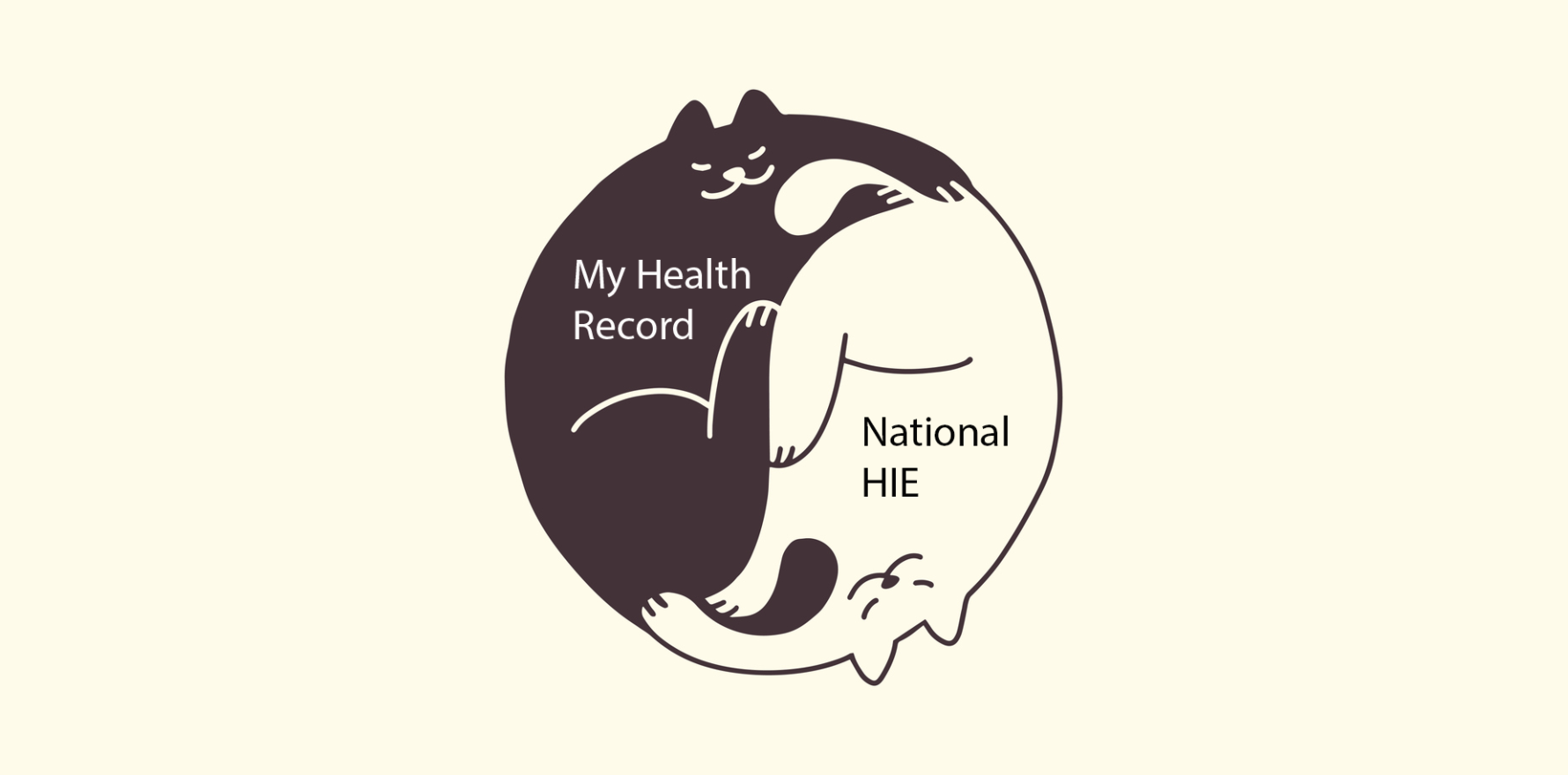An expert from one the largest HIEs in the world says the My Health Record will provide important data balance to any HIE implementation in Australia.
For all the controversy that the My Health Record has attracted over the years, largely for not actually being that useful day-to-day to clinicians, a US expert has begged to differ.
Paul Wilder, executive director of CommonWell Health Alliance, one of two largest HIEs in the US, told today’s Health Services Daily webinar on the national HIE that Australia’s My Health Record is likely going to provide a very important point of system data load balance as the government tries to overlay a national HIE infrastructure across the system in the next few years.
Mr Wilder said one of the issues with the US HIE-centric data-sharing model has been providers polling for data that is available simply because it is available.
This causes two problems for the system according to Wilder: the system can become overloaded with data requests that aren’t contextually urgent, and provider databases can become overloaded with non-critical data, making access to the most clinically relevant data in real time from a local databases harder.
“We find a hybrid is beneficial,” Wilder said, referring to the idea of having both a centralised data store in the system (which is what the MHR is) and a real-time distributed capability of polling databases out in the system (an HIE model).
“[When] keeping the data where it is, if you uplift the data availability, then everybody uplifts to it, because the data is available. [But] keeping the data where it is actually attracts kind of data FOMO (fear of missing out) – I want to get that data too.
“We’ve found that because it’s such a fire hose, some of the [distributed] EHRs can’t keep up, and it starts to create a cottage industry of viewers on the side to normalise, deduplicate, organise the data, especially to specialties and stuff that want things in different orders and different matters.”
Mr Wilder said that “hybrid” – starting with a centralised store and then creating a distributed overlay – is an interesting starting point.
He said the US had gone mostly distributed via HIEs to start with but is now starting to pull back to having more centralised and library-like data storage, to balance the load in the system.
Mr Wilder said that the existence of the MHR in Australia prior to the country moving substantively down a national HIE path was a good thing because although there are problems with centralised databases and cybersecurity and trust, having one where you can store important core information that is less time sensitive relieves the HIE network of load.
This might be first the time in a few years that the government can put its head above the parapet and say “see, we told you My Health Record is really useful and important to what we are doing in terms of sharing health information”.
In this respect, even before Mr Wilder made his comments on balancing how you manage sharing in the system using a hybrid approach, Daniel McCabe, first assistant secretary (Medicare Benefits and digital health) for the Department of Health and Aged Care, told the webinar that the MHR was one of a few existing and important system building blocks that would make an HIE worthwhile.
“Australia’s fortunate to have a number of our key building blocks connecting our health system today,” said Mr McCabe.
“These include national identifiers for all consumers and healthcare providers, the My Health Record Act, which gives us a really good basis around consumer authorisation, and the MHR system, albeit that it needs to be modernised.”
Mr McCabe told the webinar that it was important to remember that the MHR was always designed as a store of summary information only.
“[The My Health Record] was only ever designed to hold key summary information … medicines, diagnostic reports and patient summaries, and we will continue [with this approach] and we’re working with government to look at mandating the sharing of those pieces of information,” he said.
“But we can never capture all of the data that deals with the tens of thousands of health conditions Australians face, and nor should we try to.
“What we’re trying to do with MHR is two things – one, to make sure that critical information is available no matter what’s going on … but also recognising that this is a consumer platform and a window into their healthcare.”



